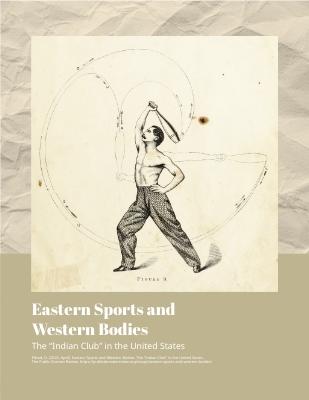What is ice hockey?
Ice hockey is a contact winter team sport played on ice skates, usually on an ice skating rink with lines and markings specific to the sport. In ice hockey, two opposing teams use ice hockey sticks to control, advance and shoot a closed, vulcanized, rubber disc called a “puck” into the other team’s goal.
Each goal is worth one point. The team which scores the most goals is declared the winner. In a formal game, each team has six skaters on the ice at a time, barring any penalties, one of whom is the goaltender.
Ice hockey is one of the sports featured in the Winter Olympics while its premiere international amateur competition, the IIHF World Championships, are governed by the International Ice Hockey Federation (IIHF) for both men’s and women’s competitions.
In North America and some European countries the sport is known simply as “hockey” in common parlance. However, in many countries, “hockey” usually refers to field hockey, except in some Northern areas of Russia where bandy is still referred to as “Russian hockey” (русский хоккей) or “hockey with a ball” (xоккей с мячом), while ice hockey is called “hockey with a puck” (xоккей с шайбой).
The modern sport of ice hockey was developed in Canada, most notably in Montreal, where the first indoor game was played on March 3, 1875. Some characteristics of that game, such as the length of the ice rink and the use of a puck, have been retained to this day. Amateur ice hockey leagues began in the 1880s, and professional ice hockey originated around 1900.
The Stanley Cup, emblematic of ice hockey club supremacy, was initially commissioned in 1892 as the “Dominion Hockey Challenge Cup” and was first awarded in 1893 to recognize the Canadian amateur champion and later became the championship trophy of the National Hockey League (NHL). In the early 1900s, the Canadian rules were adopted by the Ligue Internationale de Hockey Sur Glace, in Paris, France, the precursor of the International Ice Hockey Federation. The sport was played for the first time at the Olympics during the 1920 Summer Olympics.
While women also played during the game’s early formative years, it was not until organizers began to officially remove body checking from female ice hockey beginning in the mid-1980s that it began to gain greater popularity, which by then had spread to Europe and a variety of other countries. The first IIHF Women’s World Championship was held in 1990, and women’s play was introduced into the Olympics in 1998.
Ice hockey is believed to have evolved from simple stick and ball games played in the 18th and 19th centuries in the United Kingdom, Ireland, and elsewhere, primarily bandy, hurling, and shinty. The North American sport of lacrosse was also influential. Arguably the games most influential to the early design of ice hockey were early forms of an organized sport today known as bandy, a sport distinctly separate from ice hockey.
The origin of ice hockey was bandy, a game that has its roots in the Middle Ages. Just as for practically all other sports, the game of bandy achieved its modern form during the 19th century in England, more exactly in the Fen district on the East coast. From the Fen district the game was spread to London and from London to the Continent during the second half of the 19th century. British soldiers stationed in eastern Canada brought the game to the North American continent in the 1850’s and ’60’s.











